Like all plants, house plants will sometimes be affected by bugs. These bugs can be as meticulous as their counterparts but have the advantage of developing and multiplying in near-ideal conditions. As a result, houseplant bugs can multiply very quickly, so you must be diligent in controlling the symptoms.
House plant bugs identification with pictures
Look closely if you notice a plant that suddenly begins to look sick. An insect may responsible for it. Therefore, it is important to identify and control indoor bugs as quickly as possible. In the following, we will show some bug species and their pictures for that house plant bug identification.
1. Aphids

Aphids are a small, stalk-absorbing group of bug species among the most destructive pests of crops. The size of aphids may range from about 0.04 to 0.4 inches and may be in green, black, red, or white variants. The most common aphid in the home gardens is green and about one millimeter in length. Also, there are two whip-like antennas at the top of the head.
There are more than 4,000 types of aphids distributed throughout the world. Some aphid species can develop wings.
2. Fungus Gnat
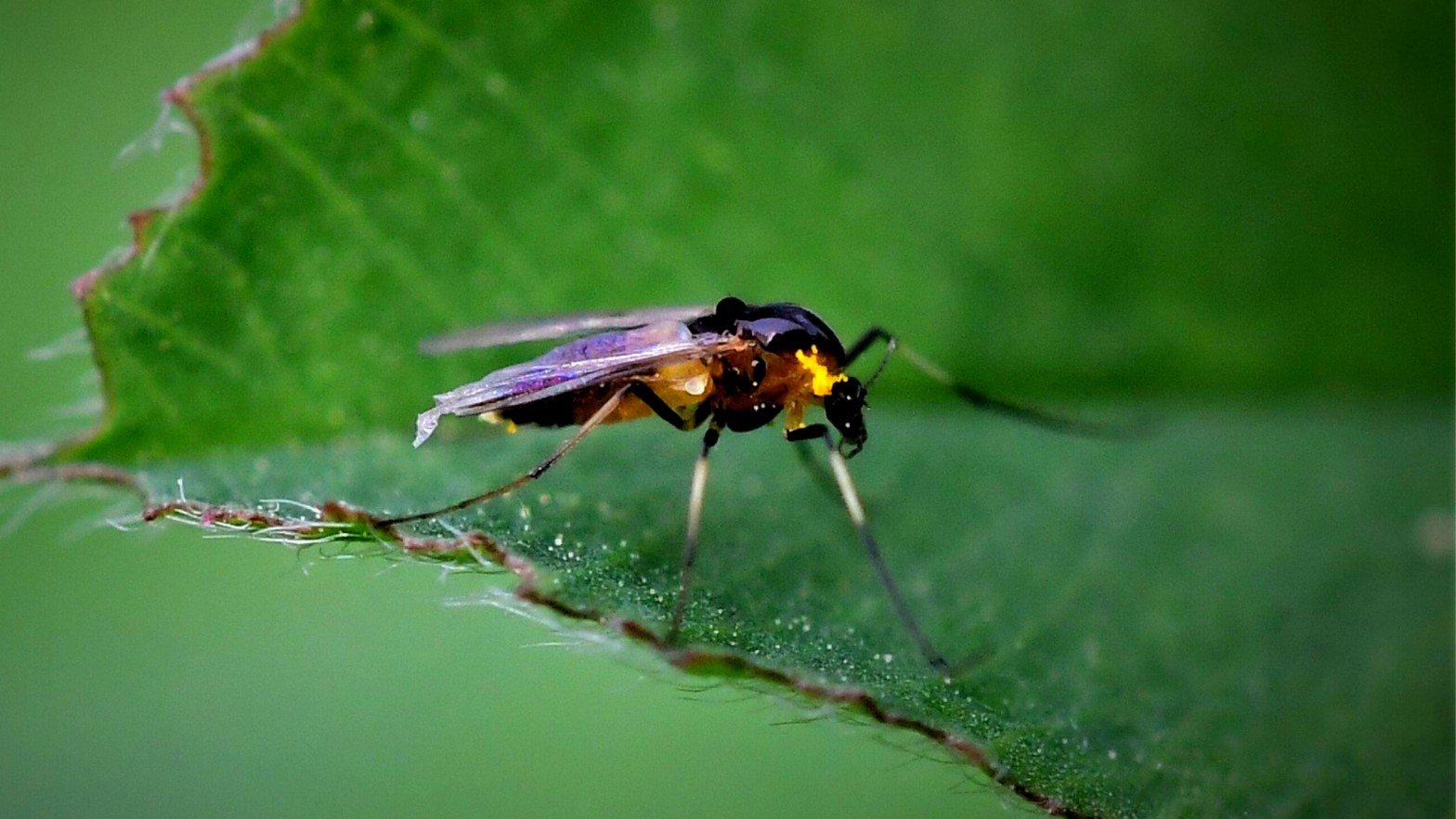
They are usually found in humid environments. They are commonly found in plant pots in houses. It is estimated that more than tens of thousands of species are waiting to be discovered. These flies are black and have dark wings. They usually have a length of 0.04 to 0.3 inches. It also has long legs and has 8 or 16-section antennas. Additionally, there are small worm-like white larvae.
3. Leafminer

Thirdly bug is a leafminer for house plant bugs identification with pictures. Adults; small, grayish-black, full-bodied, 0.05 to 0.1inc long. The abdomen is yellow, and the legs are black, with a visible yellow back point. The male is relatively small. The larva is the first period colorless and pale orange-yellow before opening.
4. Mealybug
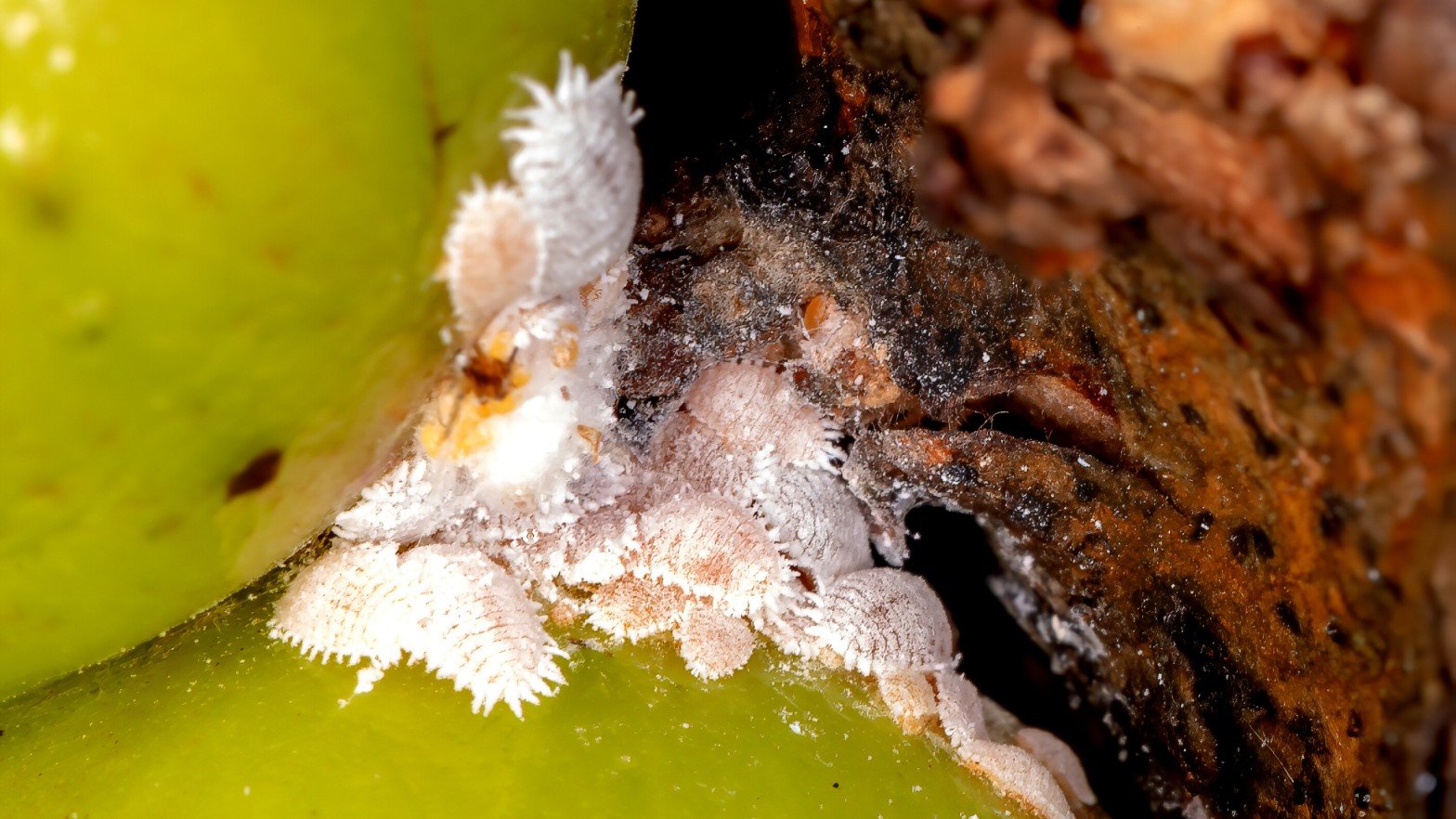
Adults are between 0.1 and 0.25 inches long. They are usually white or gray. The meat is soft, oval, and markedly covered with wax. The small fairies, also called scanners, are light yellow and do not contain wax. They are active early but move little after finding a suitable nutrition site.
5. Root Aphid
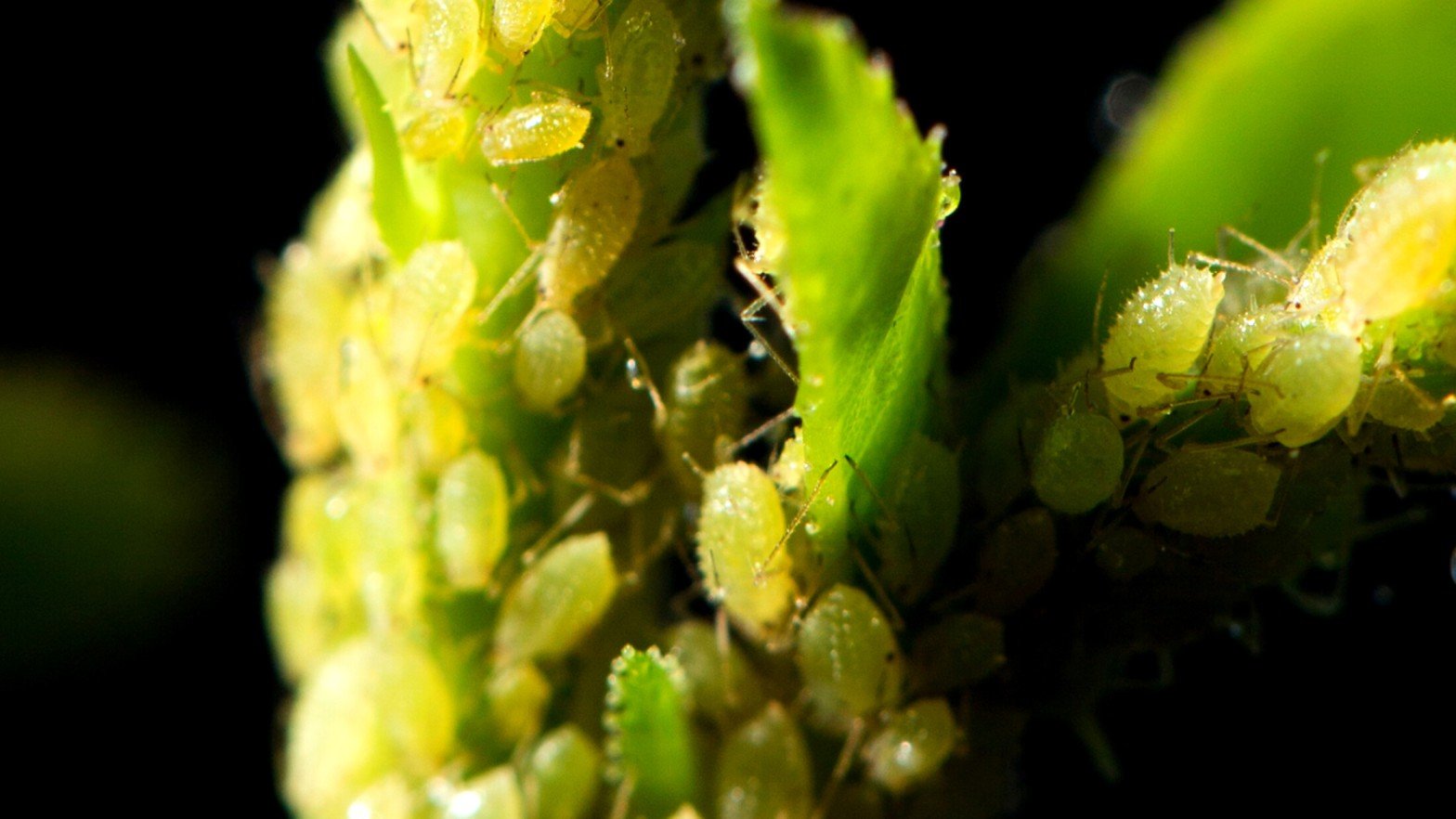
It is hard to find this bug because they are small and are usually in the roots and the soil. For the most part, growers see and recognize the white, waxy substance that aphids secrete. The trunks are pear-shaped than oval-like fleshy insects.
They are approximately the same size or slightly smaller than the aphids with antenna body. Root aphid come in various colors, including pink, but mostly white and brown. They are usually mixed with larger fleshy insects due to the white matter they spread.
In the poultry stages, they can be mixed with the fungus gnats. Others, such as aphids, small cornices at the tip of the abdomen or “tail pipe” are, which separate them from the kidneys.
6. Russet Mite

When viewed through a lens, russet marijuana mites are semi-transparent, wedge-shaped cylinders that receive a yellow tint, especially in groups. Unlike many types of mite, eriofit, including russet mites, has only two pairs of legs.
It tends to grow in densely growing areas such as Florida’s tomato growing areas, and is also very successful in interiors where hot, humid environments facilitate rapid breeding. In the last ten years, it has spread to California from producers in California.
7. Scale Insect

Description of Shelled Lice: There are two types, yellow and red. The red-shelled bit is Aonidiella aurantii and the yellow-shelled bit is A.citrina. The mature teeth of the mature teeth are circle shape and these two types are very similar. Shell color is red in A.aurantii, yellow in A.citrina. In addition, the shell is curved in A.aurantii and the other type is flat. The average diameter of the shell is 0.07 to 0.09 inch.
8. Spider Mites
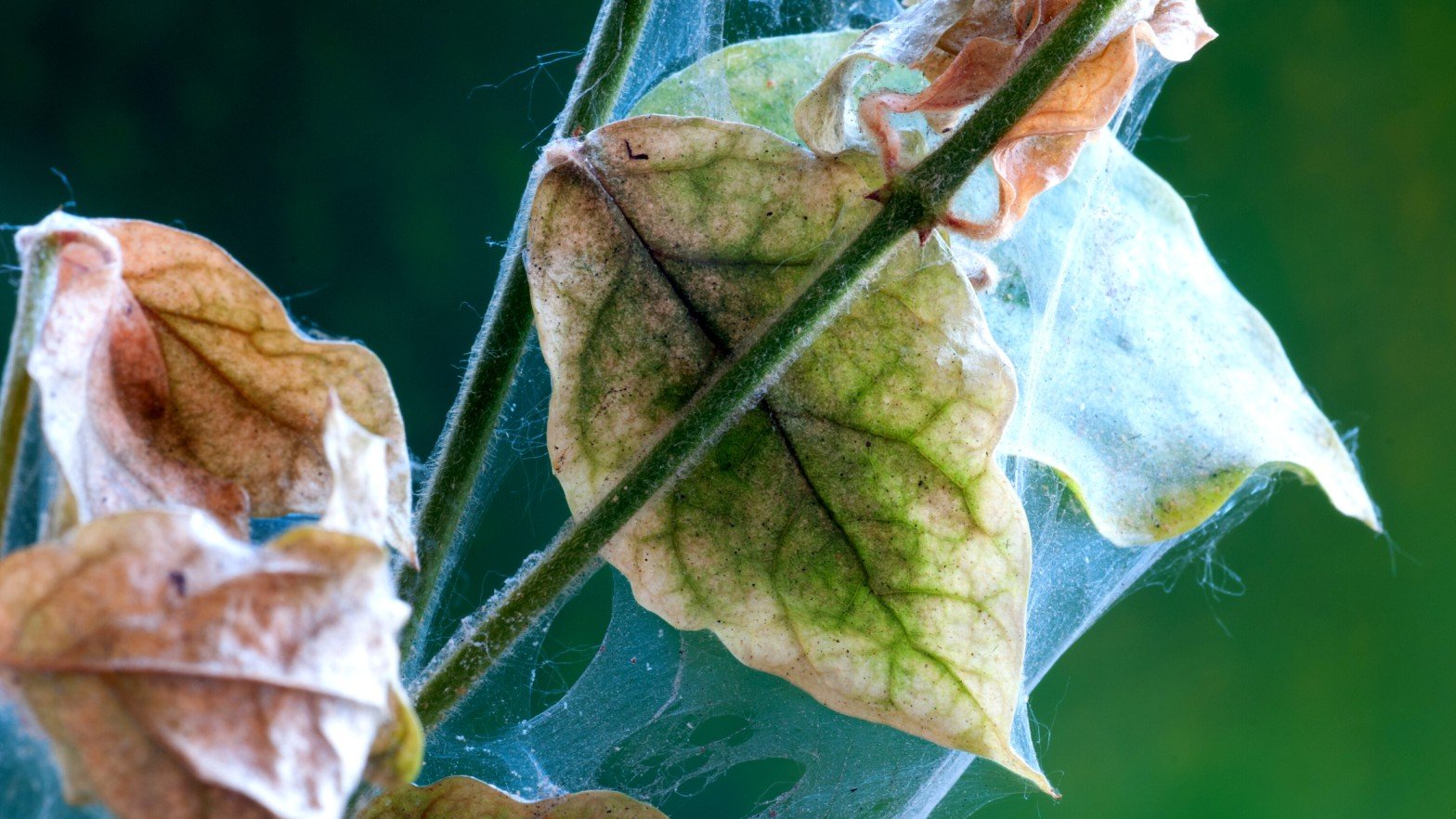
Mites are small enough to be difficult to see with the naked eye. Their bodies are egg or pear-shaped. They have hairs, spines, and feathers of different shapes and sizes. Their colors vary according to species, development period, and season. Also, the hatching larvae of mites are 3 pairs, 2 nymphs (proto and deutonymph) after the larval period and 4 pairs of adults.
9. Springtail
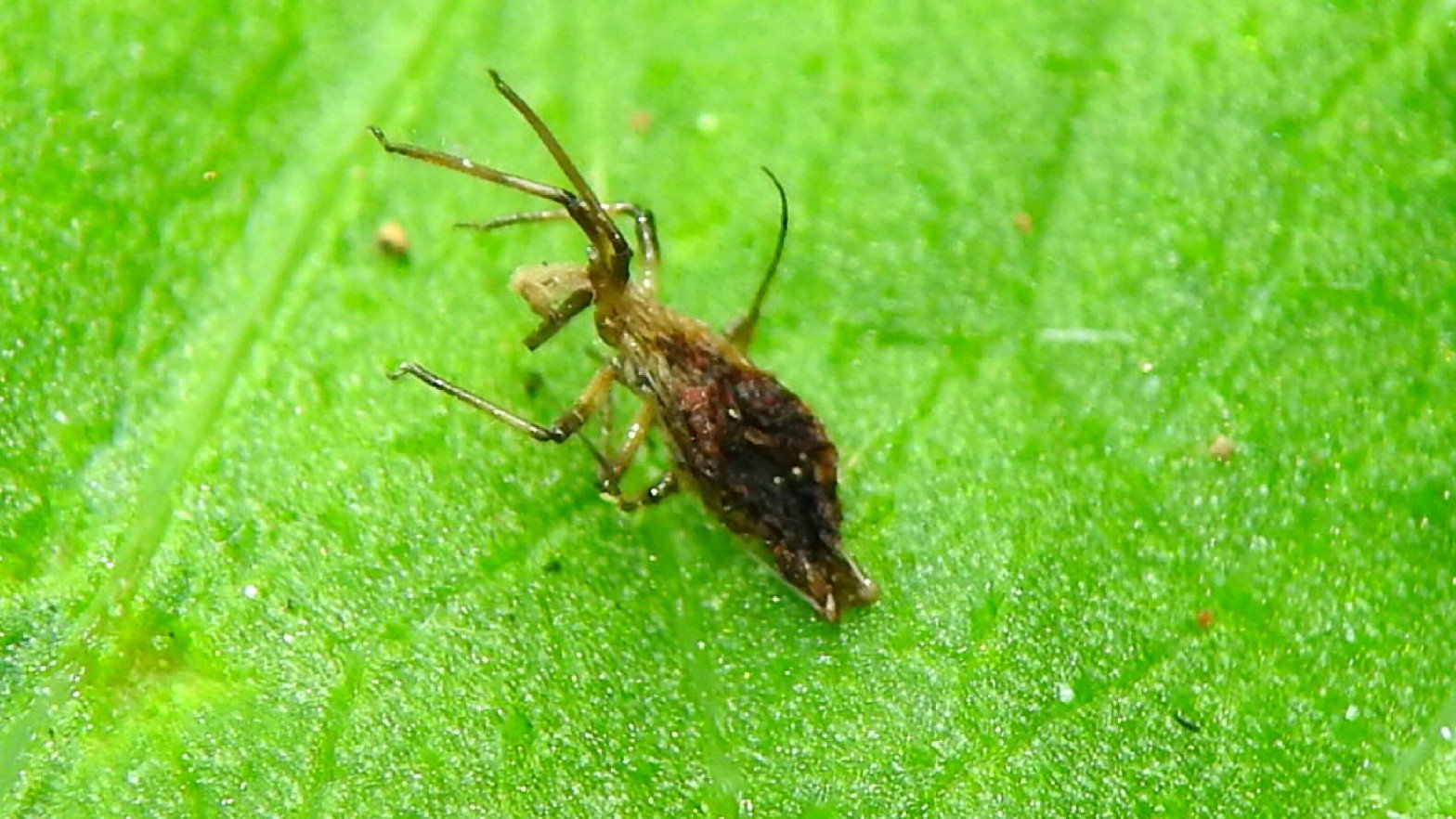
These species (0.01inch – 0.25inch), which can be very different in size, live in all world climates. They took their name from the spring verb, which means that they were hoping for a continuous jump. They use their inverse curling tails to panic. It’s usually a jump less target. They’re pale brown.
They usually gnaw and damage house plants. Termite nests, snowy areas and mushroom warehouses come to places where they live. Further, some live on the surface of the water. They eat fats, fungi, spores and bacteria on the organic matter.
10. Thrips

Yellowish-brown, black; thin and long; 0.2;4 inches tall; head prognathous-hypognathous type and square shaped; compound eyes evident; and also 3 point eyes (ocelli) are found in the winged ones. Beads are rosary-shaped and 4-9 segments, and the mouth structure is absorbent and asymmetrical.
The lips (labrum and labium) form a conic-shaped, short rostrum; Runner-walker type; feet (tarsus) 1-2 segments or without segments; 1-2 quotes; Further, there is a sticking bubble that can swell with hemolymph pressure at the tip.
11. Whitefly
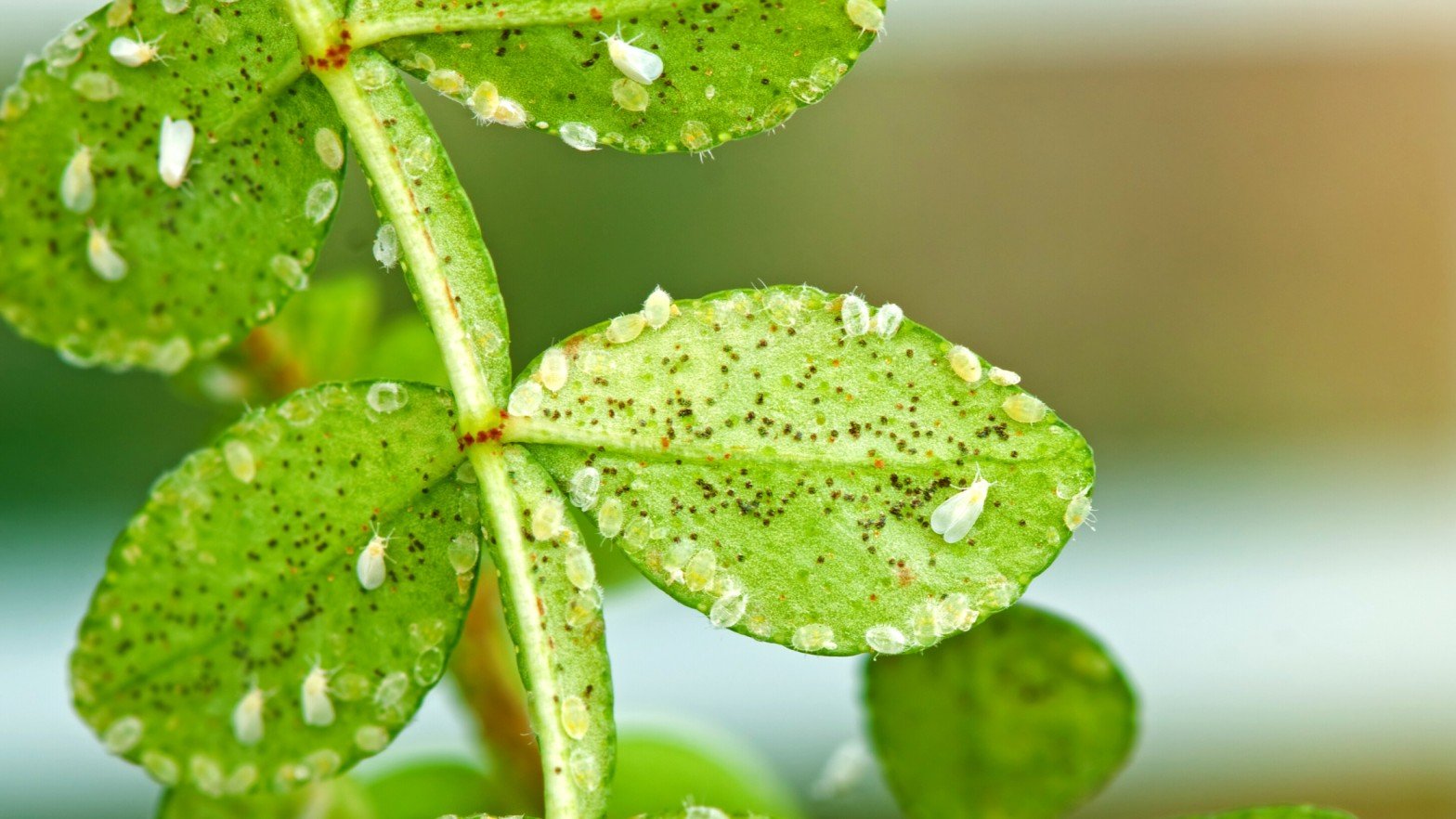
The last bug is the white fly from house plant bugs identification with pictures article. White fly adults are approximately 0.04 in length and have an overall appearance of white. The eggs attach to the lower epidermis of the leaf with a short handle.
The newly hatched larvae are transparent, whitish-yellow, oval, and mobile. The larvae are fixed to the leaf after a short period, and the motion becomes inactive. Whiteflies are often not easily visible when the lower part of the plant leaves don’t get checked.
